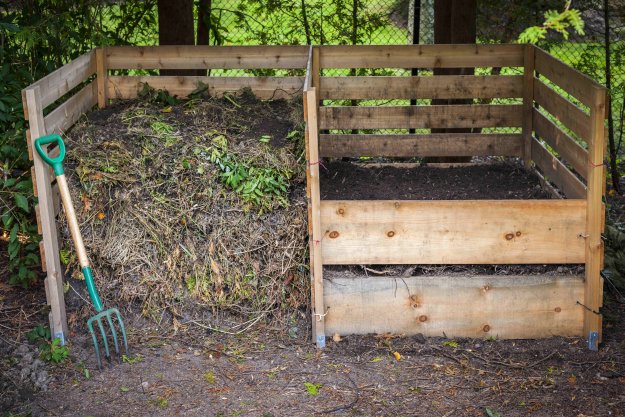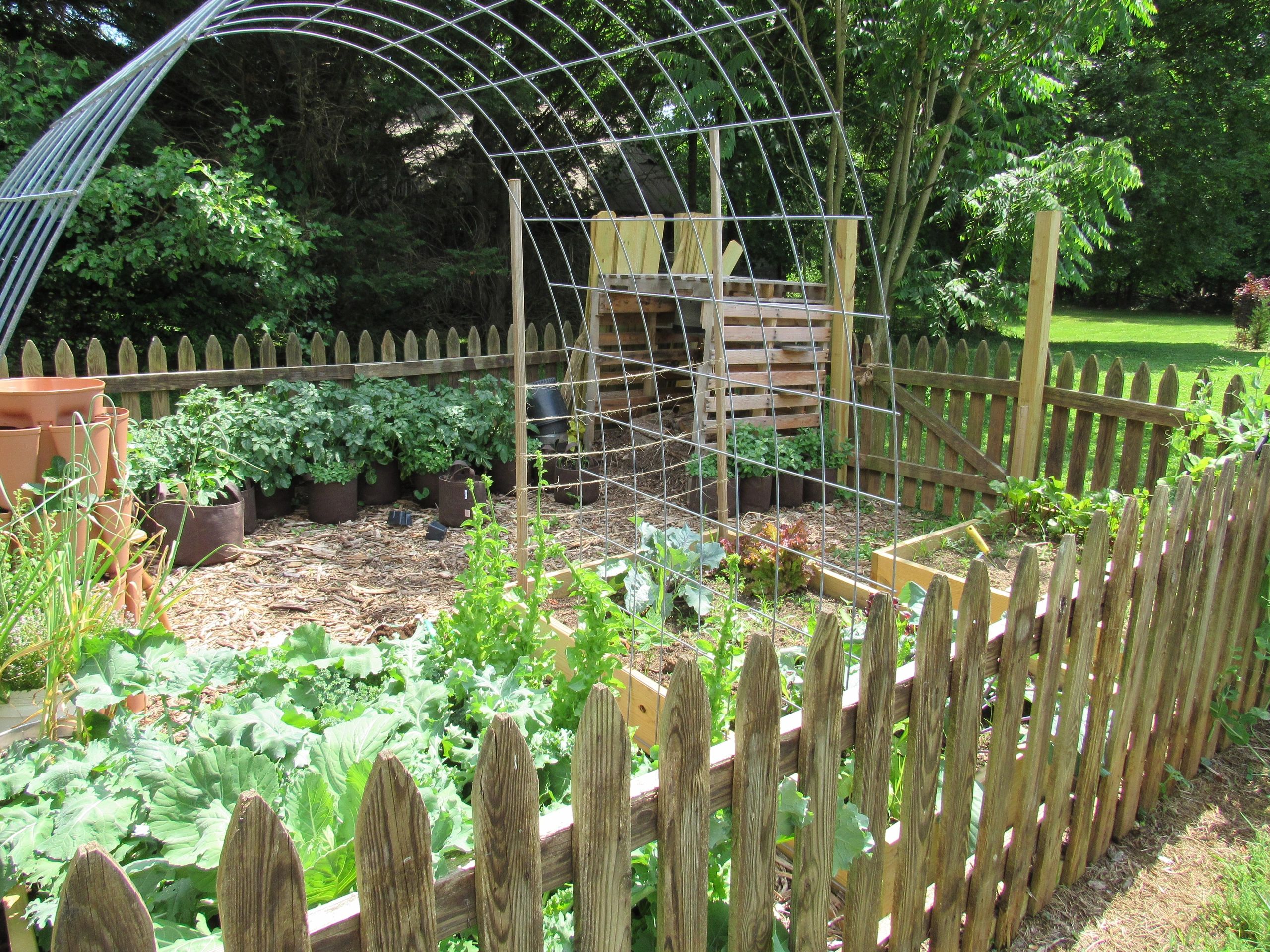How to Make Your Homestead Gardening Effort
How to Make Your Homestead Gardening Effort
Blog Article
Reveal the Tricks to Developing a Gorgeous and Effective Horticulture Room
Developing a efficient and lovely horticulture area is not simply an issue of planting veggies and blossoms; it calls for a strategic method that encompasses different crucial components. From choosing the right place based upon sunshine and soil type to thoughtfully creating your design and selecting suitable plants, each decision plays a pivotal role in the success of your yard. In addition, ongoing maintenance is important to maintain its beauty and productivity. As you contemplate these elements, think about exactly how they intertwine to open the complete possibility of your gardening endeavors. What particular methods can boost your room past the normal?
Picking the Right Location
Picking the ideal area for your yard is critical to its success and general aesthetic allure. The primary step in this process entails analyzing sunlight exposure, as most plants require a minimum of six hours of direct sunlight daily (Homestead Gardening). A south-facing garden normally gets the most light, while shaded areas can impede growth and blooming
Furthermore, consider soil quality and drain. Well-draining dirt is essential to stop waterlogged roots, which can result in plant conditions. Carrying out a dirt test can supply beneficial details concerning pH degrees and nutrition web content, enabling you to change the dirt as necessary.
In addition, distance to water resources is one more element to evaluate - Homestead Gardening. Having easy accessibility to a hose or watering system can simplify the watering process and urge regular plant care. Wind protection is also important; placing your garden near frameworks, such as fences or walls, can shield it from severe winds that may harm fragile plants
Finally, think about accessibility for maintenance and harvesting. A well-placed garden permits convenient accessibility, making sure that you can easily often tend to your plants without triggering undue stress or disruption. Thoughtful area option lays the foundation for a prospering yard.
Picking Plants Sensibly
When selecting plants for your garden, it's vital to consider aspects such as environment, soil problems, and individual preferences to make sure a harmonious and efficient room. A thorough understanding of your local climate will certainly lead you in choosing plants that thrive in your particular setting. As an example, choosing drought-resistant ranges is beneficial in arid regions, while moisture-loving varieties may be more appropriate for locations with high rains.
Soil problems are similarly critical; performing a soil test can reveal pH levels and nutrient content, enabling you to choose plants that will flourish. Native plants are frequently a superb option, as they are typically well-adapted to neighborhood dirt kinds and call for much less upkeep.
Reflect on your personal preferences-- choosing plants that reverberate with your visual tastes will certainly enhance your enjoyment and commitment to keeping your garden. By thoroughly examining these aspects, you can develop a varied and growing plant selection that raises your horticulture experience.
Designing Your Yard Layout
With an attentively picked plant choice in hand, the following step is to produce a yard format that takes full advantage of both charm and performance. Begin by assessing the offered room, thinking about elements such as sunshine, wind, and color patterns. A well-planned design should integrate various zones, visit this website including locations for growing, paths, and potentially seating.
Beginning with bigger plants or centerpieces, such as trees or high perennials, positioned strategically to create visual passion. Layer smaller sized plants in front to boost depth and structure. Think about the growth habits of your picked plants; taller varieties need to be placed at the back or center of beds, while much shorter ones can line the sides.
Including pathways not just facilitates gain access to for maintenance but additionally welcomes expedition. Usage materials that enhance the yard's general visual, whether rock, timber, or gravel chips.
In addition, think about seasonal adjustments and exactly how your layout will look throughout the year. Including evergreens this article alongside seasonal blossoms can make certain year-round charm. Eventually, a properly designed garden layout balances the natural appeal of plants with practical considerations, causing a room that is both welcoming and efficient.
Enhancing Dirt Health

To enhance dirt health, begin by performing a dirt examination to assess pH degrees, vitamins and mineral web content, and dirt texture. Incorporate organic matter such as garden compost, well-rotted manure, or leaf mold to enhance soil structure, water retention, and microbial task.
Mulching is an additional efficient strategy; it not just saves wetness yet additionally suppresses weeds and gradually enhances the dirt as it damages down. Avoiding extreme husbandry is essential, as it can disrupt dirt structure and damage valuable organisms. Rather, take on no-till or very little husbandry practices to keep soil stability.

Keeping Your Garden Effectively
A properly maintained yard provides pride and performance, requiring consistent focus to make sure that plants flourish and the landscape stays inviting. Efficient yard upkeep entails several vital techniques that boost the wellness of your plants and the overall visual of your area.
Regular watering is essential; however, it is essential to tailor your watering timetable based upon the specific demands of your plants and regional climate conditions. Mulching can aid keep wetness, suppress weeds, and control soil temperature. Additionally, prompt weeding stops competition for sources and nutrients, making certain that your plants prosper.
Pruning is one more important task. It urges healthy and balanced development, removes dead or unhealthy branches, and forms plants to preserve an attractive structure. In addition, checking for illness and insects is important; early detection and intervention can conserve your plants from see this considerable damages.
Fertilizing must be implemented attentively, utilizing organic alternatives whenever feasible to promote lasting soil wellness. Seasonal tasks such as planting, separating perennials, and preparing for winter season will ensure your garden continues to be dynamic year-round. By complying with these techniques faithfully, you can cultivate a garden that is both gorgeous and productive.
Final Thought
Choosing an ideal place with ample sunlight, choosing ideal plants, developing a visually pleasing layout, improving soil health, and making certain regular upkeep are essential parts. By integrating these techniques, one can grow a thriving garden that not just improves the landscape however additionally promotes eco-friendly balance and sustainability.
From choosing the right location based on sunshine and soil type to thoughtfully developing your format and picking suitable plants, each decision plays a pivotal function in the success of your yard. Well-draining dirt is vital to protect against waterlogged roots, which can lead to plant illness.When choosing plants for your garden, it's necessary to consider factors such as environment, soil conditions, and personal preferences to ensure a harmonious and productive area. Ultimately, a properly designed garden layout harmonizes the natural beauty of plants with sensible factors to consider, resulting in a room that is both inviting and efficient.

Report this page